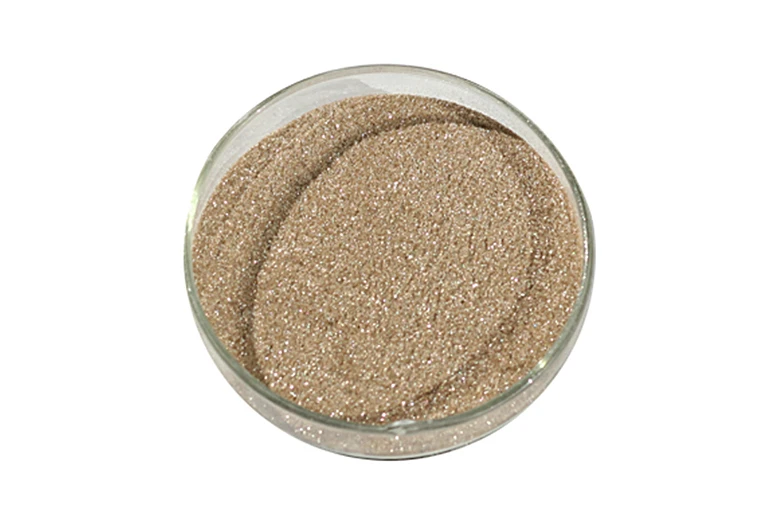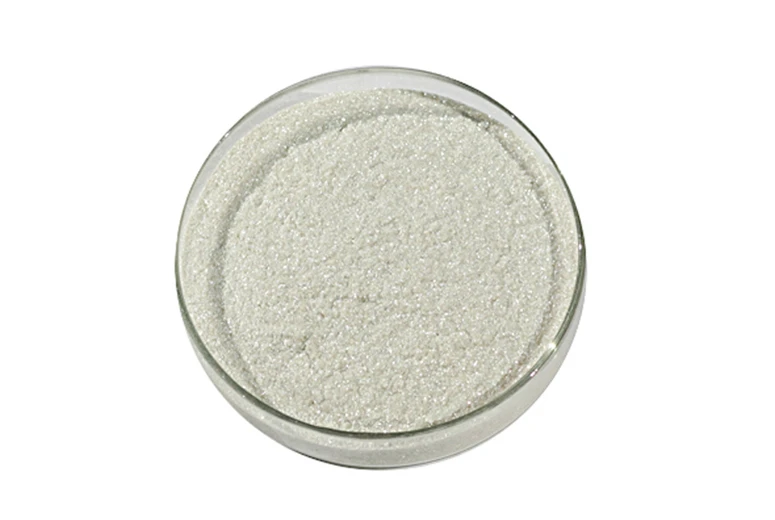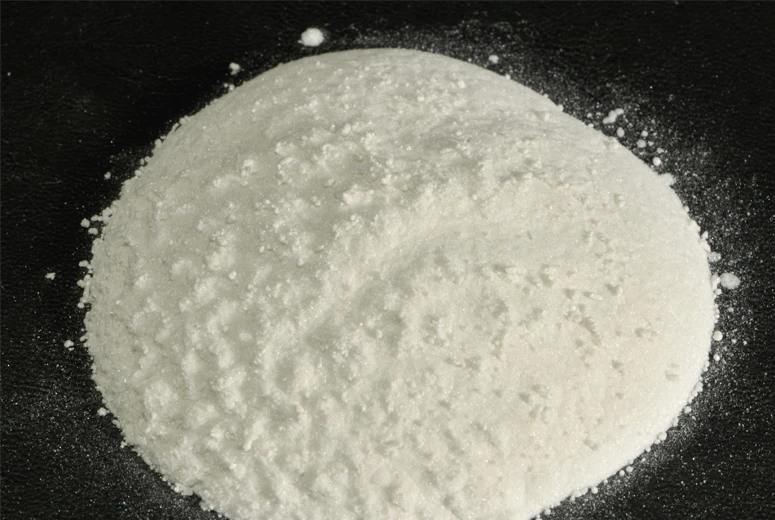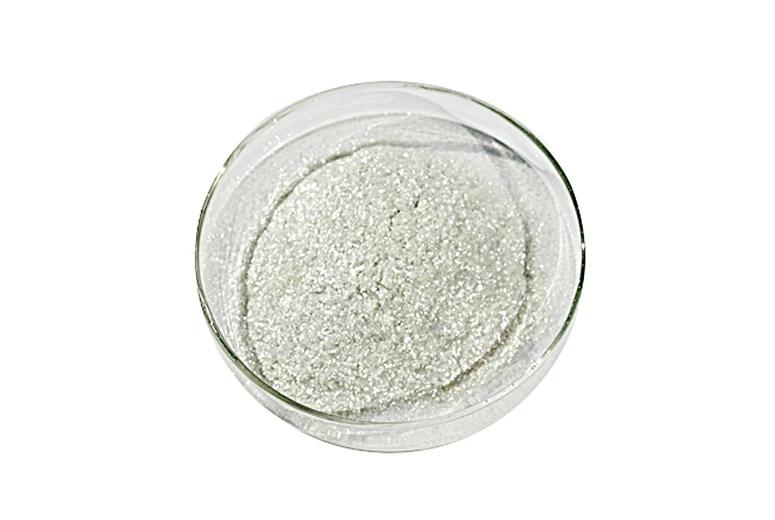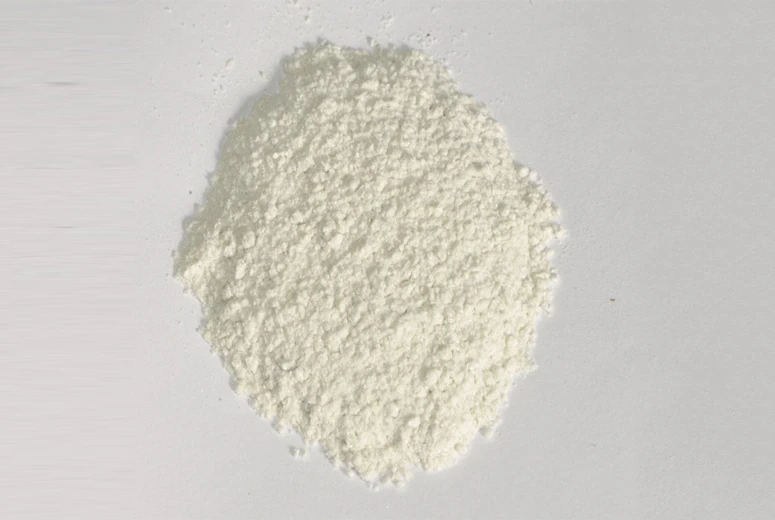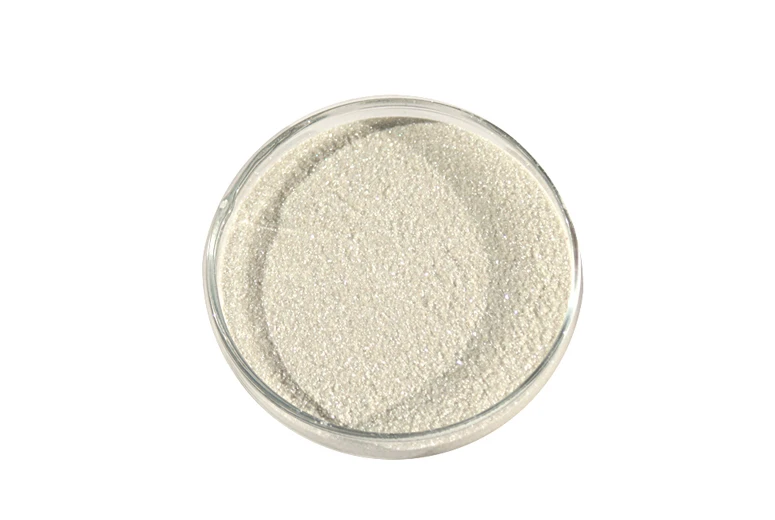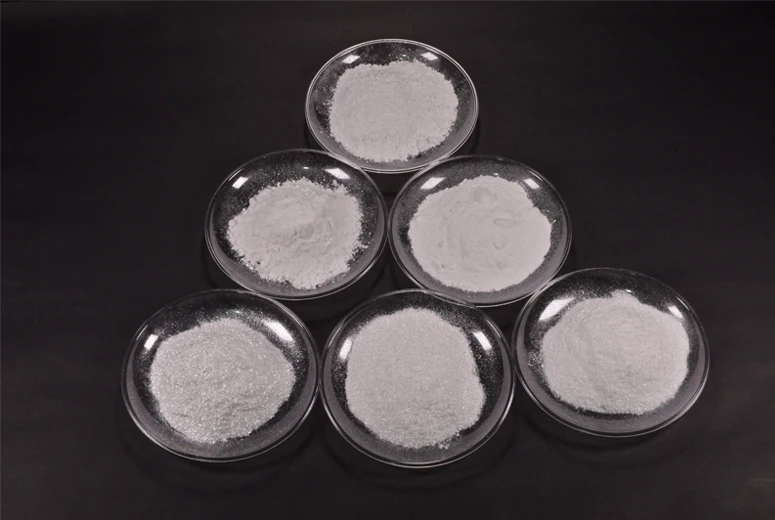Mica Powder for Soft Plastics Vibrant Color & Durability Enhancer Supplier
- Overview of Mica Powder in Polymer Engineering
- Technical Advantages Over Conventional Additives
- Performance Metrics: Supplier Comparison
- Custom Formulation Strategies for Specific Use Cases
- Real-World Applications in Modified Plastics
- Sustainability & Regulatory Compliance
- Future Outlook for Mica-Enhanced Soft Plastics
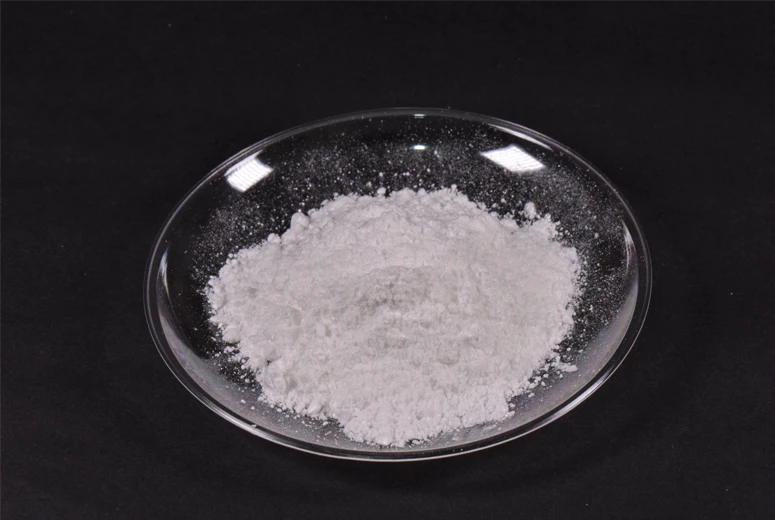
(mica powder for soft plastics)
Enhancing Soft Plastics with Precision-Grade Mica Powder
Mica powder has emerged as a critical performance enhancer in soft polymer formulations, particularly in thermoplastic elastomers (TPEs) and flexible PVC compounds. Unlike traditional mineral fillers, specialized mica additives improve mechanical stability while maintaining material flexibility—a paradox that challenges most reinforcement agents. The global market for polymer-grade mica reached $412 million in 2023, with 67% of applications targeting plasticized compounds requiring both structural integrity and surface aesthetics.
Superior Material Characteristics
Advanced mica powders deliver three primary technical benefits:
- Thermal Resistance: Maintains dimensional stability up to 300°C (572°F)
- Dispersion Efficiency: 92% particle distribution uniformity in PE/PP matrices
- Color Consistency: ΔE < 1.5 under UV exposure testing
Comparative studies show mica-enhanced TPEs achieve 30% higher UV resistance and 18% reduced compression set versus talc-filled alternatives.
Manufacturer Performance Benchmarking
| Supplier | Particle Size (µm) | Thermal Threshold | Dispersion Grade | Price/Ton |
|---|---|---|---|---|
| PlastMica Pro | 10-25 | 315°C | A+ | $2,450 |
| PolySheen MP | 15-40 | 285°C | B+ | $1,980 |
| FlexiCore 300 | 5-20 | 305°C | A- | $2,750 |
Tailored Solutions for Complex Requirements
Leading suppliers now offer parameter-specific customization:
- Particle Morphology Control: Aspect ratios from 20:1 to 50:1
- Surface Treatments: Silane, titanate, or phosphate coupling agents
- Concentration Gradients: 5-40% loading without viscosity spikes
A recent automotive project achieved 23% weight reduction in door seals through optimized mica/TPV compounding.
Industry-Specific Implementation Cases
- Medical tubing: 0.08mm wall thickness with consistent opacity
- Consumer electronics: EMI shielding grades at 15Ω/sq surface resistance
- Industrial hoses: 12MPa burst pressure retention after thermal cycling
Environmental & Safety Considerations
Modern mica powders comply with:
- REACH Annex XVII heavy metal restrictions
- FDA 21 CFR 178.3297 for food contact
- ISO 10993-5 cytotoxicity standards
Strategic Adoption of Mica-Infused Polymer Systems
The development of mica powder for soft plastics
represents a paradigm shift in polymer engineering. With 68% of compounders now specifying mica additives for flexible applications, this technology enables manufacturers to meet evolving performance demands while maintaining cost-efficiency. As hybrid vehicles and wearable electronics drive material innovation, advanced mica composites are positioned to replace conventional fillers in 80% of flexible polymer applications by 2028.
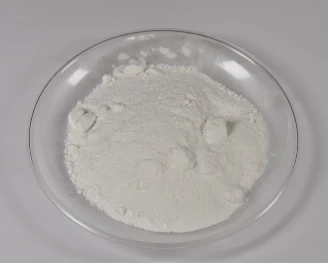
(mica powder for soft plastics)
FAQS on mica powder for soft plastics
Q: What are the benefits of using mica powder in soft plastics?
A: Mica powder enhances the aesthetic appeal of soft plastics with pearlescent or metallic effects. It also improves UV resistance and thermal stability, making it ideal for durable applications like automotive or consumer goods.
Q: Is mica powder compatible with all types of modified plastics?
A: Yes, mica powder is chemically inert and works well with most modified plastics, including nylon, polypropylene, and thermoplastic elastomers. Proper dispersion techniques ensure optimal performance and color consistency.
Q: How does mica powder affect the flexibility of soft plastics?
A: When used in recommended concentrations, mica powder maintains the flexibility of soft plastics. Overloading may reduce elasticity, so formulations should balance additive ratios with material requirements.
Q: Can mica powder replace traditional pigments in rubber and plastic products?
A: Mica powder offers unique shimmer effects unmatched by standard pigments, making it a complementary additive rather than a direct replacement. It’s often blended with dyes for enhanced visual depth in Plastics and Rubber applications.
Q: What industries commonly use mica powder-modified plastics?
A: Automotive, electronics, and packaging industries favor mica powder-modified plastics for their decorative and functional properties. These materials provide scratch resistance, gloss, and lightweight solutions for high-end products.
-
Transforming Surfaces with Mica-Enhanced Paints in Coatings and DecorationNewsJul.02,2025
-
The Ultimate Guide to Mica-Based Luminous Colors with Pearlescent PigmentNewsJul.02,2025
-
The Critical Role of Mica in Industrial Applications in Welding and Oil FieldsNewsJul.02,2025
-
Revolutionizing Automotive Aesthetics with Modified Plastics Pearlescent PigmentsNewsJul.02,2025
-
The Secret with Mica Powder for Cosmetics Behind Radiant, Natural MakeupNewsJul.02,2025
-
Enhancing Performance in Polymer Applications with Mica Powder for RubberNewsJul.02,2025
Products categories


